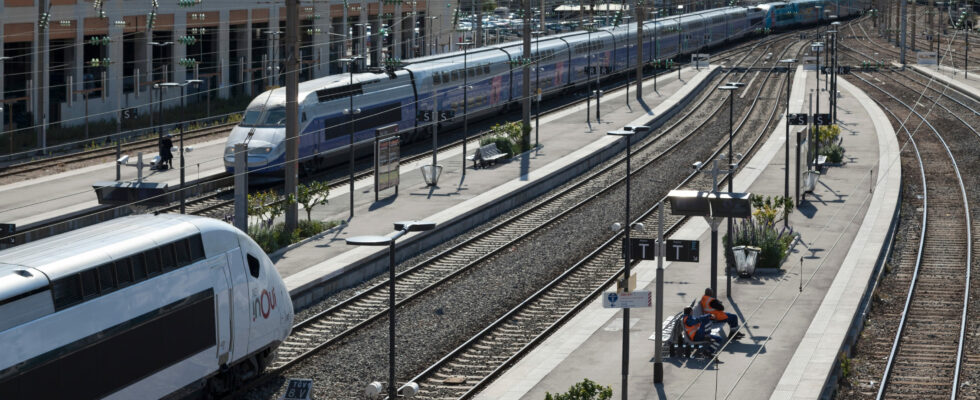To facilitate the movement of trains and reduce delays and their impacts, SNCF will deploy a new generation of computer signal stations. Called ARGOS, it will see its deployment begin this year.
Launched in 2018, the ARGOS project, which results from an innovation partnership between SNCF Réseau and Thales, Alstom and Hitachi Rail, is supposed to lead to the deployment of a new generation of computer signal stations, the “PAI”. The idea? Modernize and digitize signal boxes throughout France, to improve train performance and relieve traffic congestion more quickly, particularly in the event of a breakdown. The SNCF, which presented its digital strategy for the years to come this Thursday, February 8, said more on the subject.
A railway modernization which will benefit, among others, SNCF passengers
Computer signal stations are crucial for railway safety, and the ARGOS partnership is positioned as a unique solution. By targeting obsolete or old positions, the program aims not only to modernize but also to digitize electromechanical and electrical installations, with a whole host of gains to be expected.
The advantages of such an approach are indeed legion. SNCF Réseau, for example, mentions real-time communication, a significant reduction in infrastructure costs, and better responsiveness to incidents. We will come back to this.
In short, this new generation of PAI must contribute to more efficient management of rail travel. And the latter will, in fact, benefit travelers, with more fluid management of rail traffic.
Savings on installation and maintenance
This year 2024 will be very important for ARGOS, with the launch of the first technologies. The elimination of intermediate relays and the reduction of infrastructure and cables on the ground will be possible thanks to these new solutions, which will also have the advantage of reducing installation and maintenance costs, by around 15%. With ARGOS, implementation times will be reduced: commissioning a medium-sized station will only take 2 years, compared to 3 previously.
Switch stations allow you to control switches and signals in a given area. Many of these positions need to be renewed due to their obsolescence. You will no doubt have noticed that switch failures are unfortunately very common. It could well be that these will just be a bad memory in a few years.
With the TGV M, expected for 2025 in France, the SNCF had already very recently demonstrated its capacity for innovation. Little by little, the company is modernizing its ecosystem and if this is to benefit travelers, then we say “so much the better”.
Sources: SNCFClubic

14